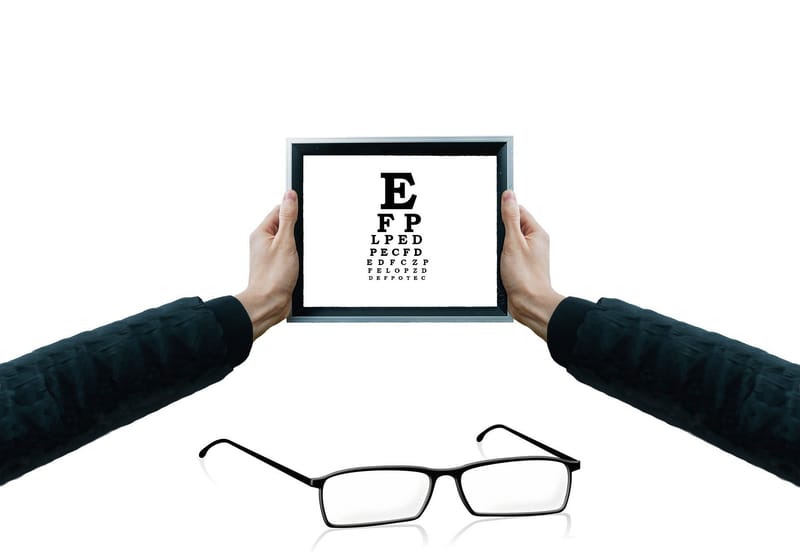
General ophthalmology includes comprehensive eye examinations and surgical evaluations.
General ophthalmologists are eye doctors who provide a broad spectrum of eye care, from vision care (evaluating visual changes and prescribing glasses) to diagnosing and treating eye disease (Cataract, Macular degeneration…).
General Ophthalmologists evaluate a large range of symptoms such as blurry vision, poor night vision, transient loss of vision, loss of visual field, sudden loss of vision, difficulty with near/distance vision, eye pain, red eyes, eye fatigue, fluctuating vision, itching or burning, crusts or discharge, excess tearing, double vision and itching or redness of the eyelids ..

A wide scope of patients with ocular problems and health concerns who range in age from teens through elderly adults are seen.
Often patients are referred to a General ophthalmologist by an internist, family practice doctor, endocrinologist, neurologist, dermatologist, pediatrician or other medical specialist.
The receptionist or secretary enters or checks the patient's personal data on arrival (identity, address, mobile phone, email address, name of the attending physician, name of the physician or the referring person).
This confidential data is necessary to quickly notify patients in the event of any subsequent changes in appointments, or to contact them in an emergency.
This personal data is legally protected under the responsibility of the practitioner like all the data in the medical file and the RGPD law.It may not under any circumstances be passed on to third parties.
The receptionist directs the patient to the waiting room of the orthoptist or the practitioner concerned.
Secretaries are available to provide any type of information on request (name and qualification of practitioners, consultation and surgery times, information brochures, prices, etc.) and assist patients (reduced mobility, special needs) .

Most often, the ophthalmologist's assistant, a certified technician, takes the necessary measures before the medical consultation:
The technician writes down the reason for the consultation, any recent personal history, significant family history and specific patient requests. The technician also decides, according to the patient's wishes or the doctor's instructions, to instill the drops of eye drops to dilate the pupil, in order to allow a better examination of the fundus (not always necessary, unless specific situations such as in myopic, diabetics, cataract surgery and the elderly).
The ophthalmologist checks the measurements previously taken and can comment on them for the patient if needed.
He prescribes, according to those measurements, the corrections by glasses or by contact lenses.
The practitioner then examines the anterior segment of the eye (eyelids, conjunctiva, tear film, cornea, iris, lens) with a biomicroscope (slit lamp) and then examines the fundus without contact (indirect retinoscopy) . During these exams, it is important to stabilize the head by keeping the forehead and chin resting against the intended frame, and keeping the mouth closed.
The ophthalmologist informs the patient of his findings, and gives the explanations necessary for a proper understanding of the disease, the treatments or the interventions offered.
He recommends any additional examinations, explaining the nature, purpose, risks and benefits expected for the eye health of the patient.